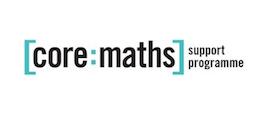- View more resources from this publisher
 Core Maths
Core Maths
Using and Abusing Percentages
This activity examines the use of percentages in research and the media. The examples used focus on the distinction between absolute and relative percentages and percentage changes. The need for improved education in the area of communication of risk is at the heart of this resource.
Using and Abusing Percentages
This provides a brief overview of the resource and suggests how the topic can be approached in the classroom.
Using and Abusing Percentages: Teachers notes
This document begins with an explanation of the distinction between relative percentage change and absolute percentage change. The hyper-link on page three provides clear explanation of the importance of understanding the difference. Possible learning objectives are listed and suggestions are given on how the task could be introduced. Analysis is provided of each of the ten questions posed in the student handout.
Using and Abusing Percentages: Student worksheet
This four page word document sets out ten questions relating to how percentages can be used or abused in the media, business and in medicine. Calculators will need to be used and the problems should provide many opportunities for class discussion. The task is suitable for group work.
Show health and safety information
Please be aware that resources have been published on the website in the form that they were originally supplied. This means that procedures reflect general practice and standards applicable at the time resources were produced and cannot be assumed to be acceptable today. Website users are fully responsible for ensuring that any activity, including practical work, which they carry out is in accordance with current regulations related to health and safety and that an appropriate risk assessment has been carried out.





